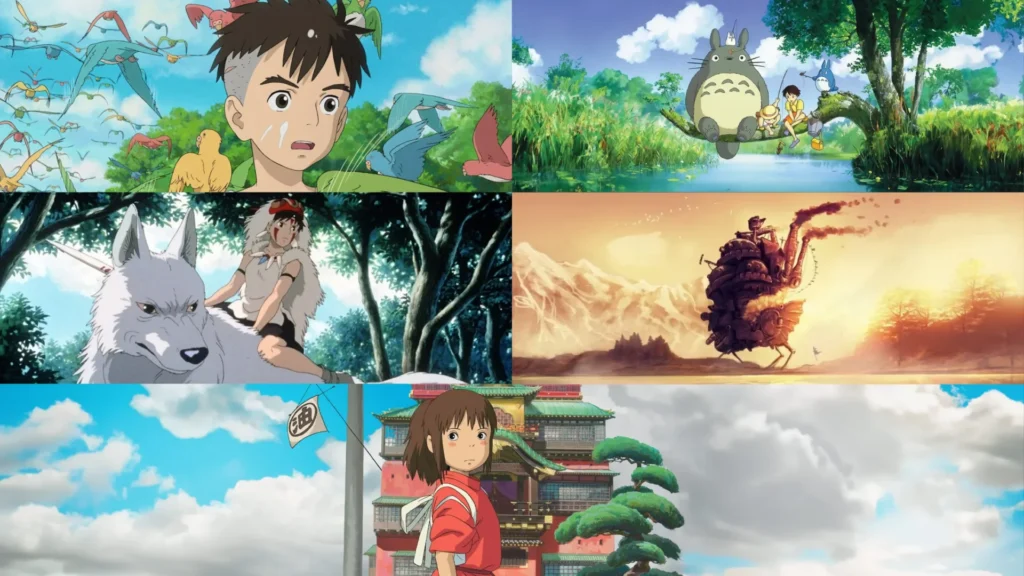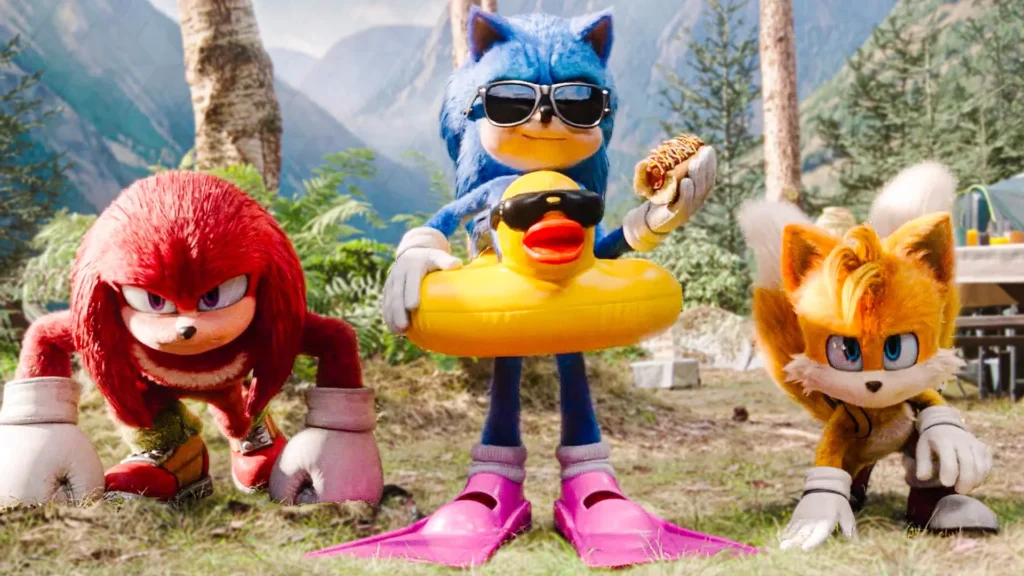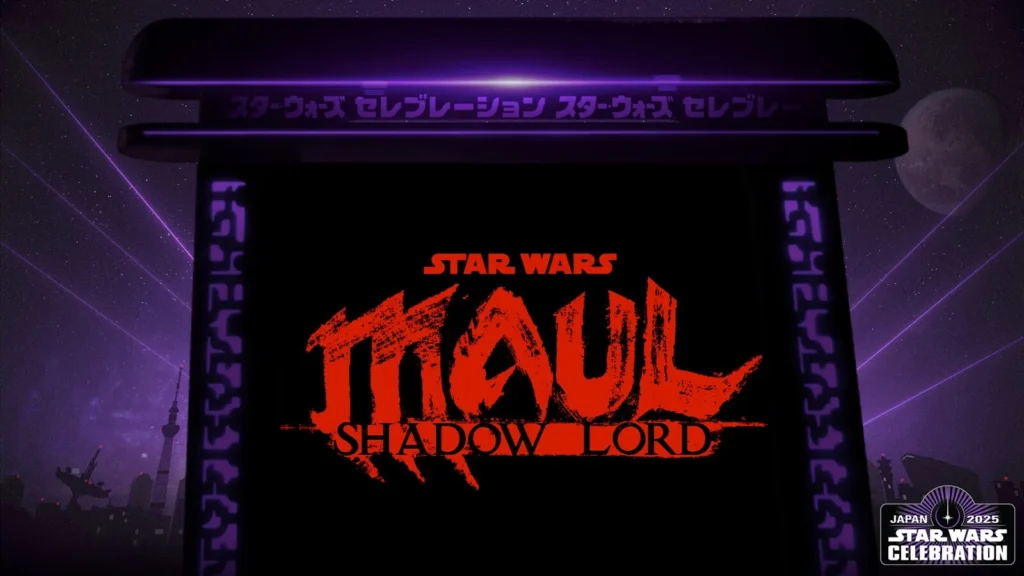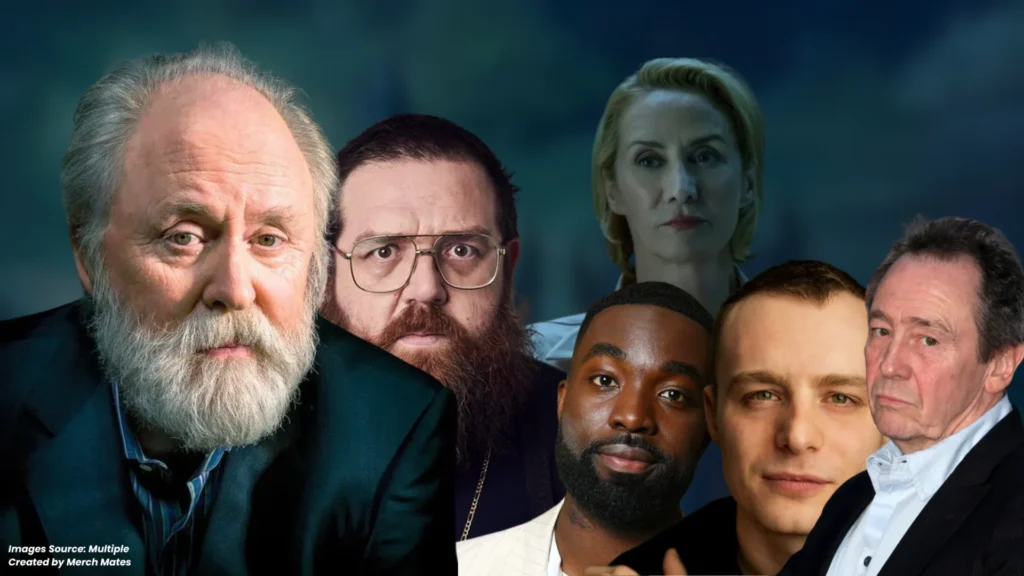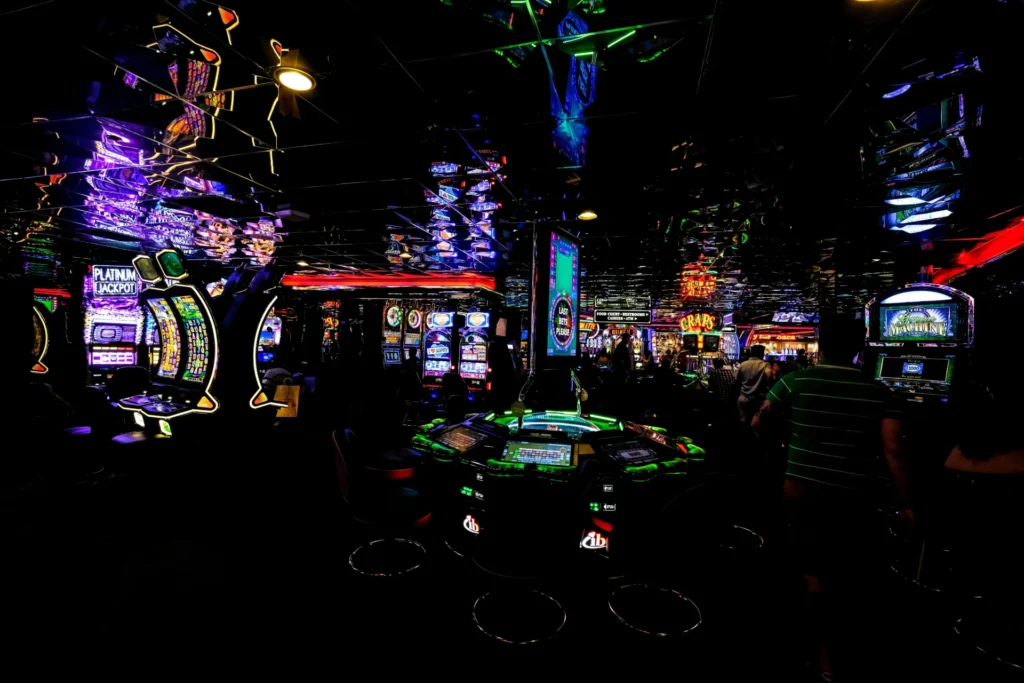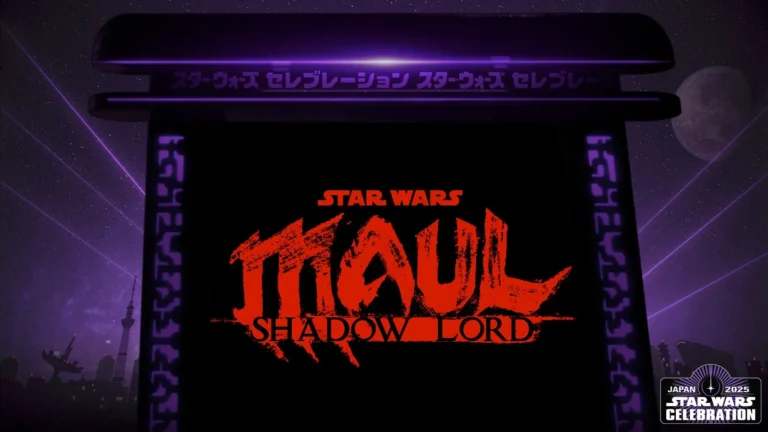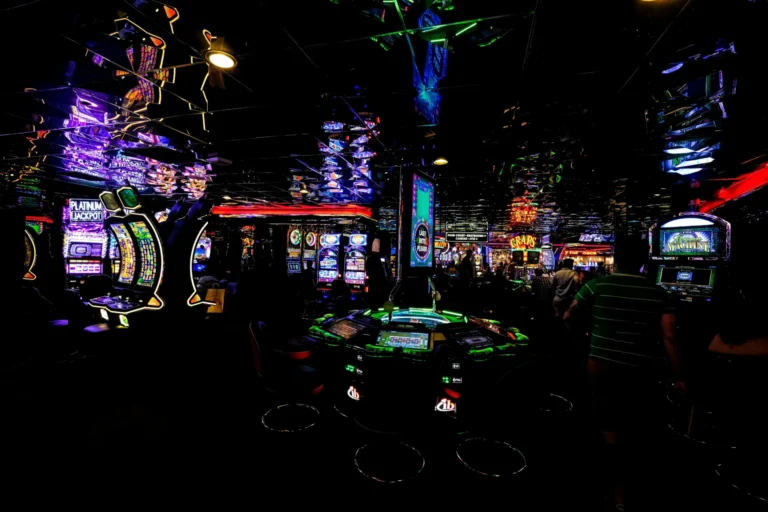Studio Ghibli isn’t just a film studio—it’s a feeling. Whether it’s the quiet melancholy of Only Yesterday, the wonder of Spirited Away, or the rage and beauty of Princess Mononoke, Studio Ghibli films have been enchanting audiences for nearly four decades.
Founded in 1985 by Hayao Miyazaki, Isao Takahata, and Toshio Suzuki, Ghibli has become shorthand for artistry, emotion, and the kind of storytelling that lingers long after the credits roll. But not all Ghibli films are created equal. Some changed animation forever. Others… starred a flying raccoon with inflatable testicles.
So we ranked them. All 23 theatrical releases—yes, including Earwig and the Witch—from the slightly forgettable to the undeniably masterful. Our ranking considers storytelling, emotional weight, visual innovation, legacy, and pure Ghibli magic.
There’s no such thing as a bad Ghibli movie—but there are definitely ones we’d watch last on a rewatch marathon.
23 – Earwig and the Witch (2020)
Even Ghibli has an awkward phase.
The studio’s first fully 3D-animated feature, Earwig and the Witch feels like a misfire from the opening credits. Directed by Goro Miyazaki, the film trades the lush, painterly worlds Ghibli is known for in favour of plasticky CGI and a paper-thin plot.
Adapted from Diana Wynne Jones’ novel, it follows a headstrong orphan with mysterious parentage who ends up in a witch’s home. But instead of whimsical wonder or emotional stakes, we get a story that never quite goes anywhere—and ends just as things start getting interesting. A curious experiment, but far from essential.
22 – Tales from Earthsea (2006)
When your dad is Hayao Miyazaki, the bar’s high.
Goro Miyazaki’s directorial debut blends dragons, magic, and identity crises, loosely drawing from Ursula K. Le Guin’s Earthsea novels. But despite its lofty themes, the film never quite takes flight.
The pacing drags, the characters feel underdeveloped, and even the visuals—though often beautiful—can’t save it from feeling disjointed. Le Guin herself wasn’t thrilled, and it’s not hard to see why. This one’s more of a well-intentioned mess than a misunderstood gem.
21 – My Neighbours the Yamadas (1999)
A comic strip come to life—quirky, but not for everyone.
Isao Takahata shook things up with this experimental, vignette-style comedy about an average Japanese family. Rendered in a minimalist watercolour style, it’s visually unique and gently funny.
But while its sketchbook aesthetic is charming, the episodic format lacks momentum. There’s no overarching plot—just moments. Some will find that refreshingly low-key; others, a bit forgettable. A niche entry in the Ghibli canon, and happy to stay there.
20 – Ocean Waves (1993)
A moody teen drama with budget woes.
Originally made for Japanese television, Ocean Waves is a rare Ghibli footnote—quiet, grounded, and mostly forgotten. Set in 1990s Kochi, it follows two high school boys and the new girl who disrupts their friendship. There’s angst, longing, and missed connections—but not much narrative punch.
Made by Ghibli’s younger staff on a tight budget (and it shows), the film has moments of subtle emotional truth. Still, it lacks the magic or polish of the studio’s other works. A mellow curiosity best appreciated by completists.
19 – Pom Poko (1994)
Environmentalism… but make it chaotic raccoon magic.
Isao Takahata’s Pom Poko is a wild tonal ride. It tells the story of shapeshifting tanuki (raccoon dogs) battling urban development with illusion magic, protest stunts—and, yes, testicular transformations. It’s part ecological parable, part mythological fever dream.
While its heart is in the right place, the film’s erratic pacing and swings between whimsy and tragedy make it a tough sit. The animation’s stunning, and the message sincere, but the execution is often baffling. A fascinating oddity, but not one you’ll revisit often.
18 – The Cat Returns (2002)
A feline detour with cult favourite energy.
This light-hearted spinoff of Whisper of the Heart sends teenage Haru into the surreal world of cat aristocracy, complete with a forced royal engagement and the return of the dapper Baron. It’s brisk, playful, and entirely unconcerned with emotional heft.
At just 75 minutes, The Cat Returns is a bite-sized fantasy with plenty of charm but little depth. It’s ideal for a lazy afternoon—think of it as Ghibli’s version of a Saturday morning cartoon. Not essential, but definitely fun.
17 – When Marnie Was There (2014)
Ghost story? Memory? Maybe both.
One of Ghibli’s more introspective entries, this coastal mystery follows Anna, a withdrawn girl sent to the countryside for her health, where she meets the enigmatic Marnie. Their bond is tender, haunting, and increasingly surreal.
The film’s atmosphere is beautifully melancholic, enhanced by soft, painterly visuals and a subtle score. While some may find its pacing slow, Marnie rewards patience with a moving exploration of identity, trauma, and emotional connection. It was also Ghibli’s swan song (for a while), and it ends on a quietly powerful note.
16 – Arrietty (2010)
Tiny people, big vibes.
Based on The Borrowers, Arrietty scales the world down to a sugar cube and turns it into an epic. The film follows a miniature girl who lives beneath the floorboards, forging a secret friendship with a human boy that could endanger her family.
Director Hiromasa Yonebayashi brings a gentle hand to the story, crafting lush, serene visuals and moments of genuine wonder. But while the aesthetic is top-tier Ghibli, the plot plays it a bit safe. A beautiful film that doesn’t quite hit emotional highs—but makes for an enchanting watch.
15 – From Up on Poppy Hill (2011)
Young love meets postwar restoration.
Goro Miyazaki rebounds with this gentle, nostalgic romance set in 1960s Yokohama. From Up on Poppy Hill follows Umi and Shun, two teens fighting to save their school’s dilapidated clubhouse while untangling a personal mystery that threatens their relationship.
The film’s strength lies in its atmosphere: lush seaside visuals, thoughtful pacing, and a wistful look at Japan’s shift from postwar recovery to modernisation. It’s light on plot but rich in feeling—a quieter Ghibli film that earns its emotional payoff.
14 – The Wind Rises (2013)
Dreams take flight, even when they crash.
Hayao Miyazaki’s most personal—and controversial—film reimagines the life of Jiro Horikoshi, the engineer behind Japan’s WWII fighter planes. It’s a story about art, ambition, and the moral grey zones of creation, framed through dream sequences and tragic romance.
Visually breathtaking and narratively complex, The Wind Rises trades fantasy for reality, offering a mature meditation on beauty and consequence. It’s not for everyone, especially those expecting magic, but it’s a bold, poignant swan song (before his actual swan song).
13 – Ponyo (2008)
A goldfish with chaotic energy and impeccable vibes.
Inspired by The Little Mermaid, Ponyo is a candy-coloured fever dream about a fish-girl who falls in love with a human boy and nearly destroys the world in the process. It’s wild, weird, and utterly delightful.
The animation bursts with joy—waves have personalities, underwater jellyfish glow like lanterns, and everything looks hand-crafted with love. The story skews younger, and its logic is dreamlike at best, but that’s kind of the point. Ponyo is Ghibli at its most playful, and sometimes, that’s enough.
12 – Whisper of the Heart (1995)
Follow your curiosity—it might lead to a novel.
One of Ghibli’s most grounded and quietly powerful films, Whisper of the Heart tells the story of Shizuku, a teenage girl navigating crushes, self-doubt, and the dream of becoming a writer. There are no spirits or spells—just library cards, violin shops, and long walks home.
Directed by Yoshifumi Kondō and written by Miyazaki, it’s a love letter to youthful ambition and creative discovery. The pacing is gentle, the emotions sincere, and that “Take Me Home, Country Roads” cover? Iconic. A masterpiece of the everyday.
11 – The Tale of the Princess Kaguya (2013)
A brushstroke of heartbreak.
Isao Takahata’s final film is also his most visually daring—animated to look like a moving ink painting, Princess Kaguya retells the ancient folktale of a moon child raised on Earth. It’s a story of joy, beauty, expectation, and ultimately, devastating loss.
Every frame looks like it was painted in a moment of emotional truth. The film moves at a deliberate pace and demands your full attention, but it rewards with breathtaking artistry and emotional weight. It’s not just a Ghibli highlight—it’s animation as poetry.
10 – Nausicaä of the Valley of the Wind (1984)
Technically pre-Ghibli. Spiritually? Ground zero.
Though released before Studio Ghibli officially existed, Nausicaä is the film that made it happen. Directed by Hayao Miyazaki, it introduces a post-apocalyptic world overtaken by toxic forests and giant insects—and one girl trying to save it with empathy, not violence.
Nausicaä is the prototype for the Ghibli heroine: brave, compassionate, and fiercely connected to nature. The animation may look dated, but the message is timeless. It’s worldbuilding on a grand scale, with heart and high stakes. Ghibli starts here, and it starts strong.
9 – Castle in the Sky (1986)
Adventure, airships, and a floating city lost to time.
Ghibli’s first official film feels like a love letter to classic adventure stories and Jules Verne-style sci-fi. Two kids on the run discover a mythical sky island, dodging pirates, soldiers, and ancient robots in a race to uncover its secrets.
Castle in the Sky blends thrilling action with moments of surprising emotion, all scored by one of Joe Hisaishi’s most soaring soundtracks. It’s the purest adventure in the Ghibli canon—less introspective than later films, but packed with charm, heart, and sky-high ambition.
8 – Howl’s Moving Castle (2004)
War, romance, and a castle that walks on chicken legs.
Based (loosely) on Diana Wynne Jones’ novel, Howl’s Moving Castle is a maximalist fairy tale filled with fire demons, cursed hearts, and commentary on militarism. Sophie, cursed into old age, finds unexpected agency when she meets the elusive Howl—and his deeply unstable home.
Visually, it’s a feast. The castle itself is a character, cobbled together like a steampunk dream. The plot gets murky in the final act, but the emotional beats land. It’s a fan favourite for a reason: messy, magical, and full of strange beauty.
7 – Kiki’s Delivery Service (1989)
Every witch has her burnout arc.
Kiki is a 13-year-old witch-in-training who moves to the big city and starts a flying delivery business. That’s the plot. But what it’s really about is growing up, hitting creative walls, and finding your own rhythm in a noisy world.
Delivery Service is deceptively simple. It’s gentle, slice-of-life storytelling with just a touch of magic—and one of Ghibli’s most beloved protagonists. No villains, no epic quest—just the quiet, brave work of becoming yourself. It’s comfort cinema in its purest form.
6 – Porco Rosso (1992)
Wartime melancholy meets pig-headed charm.
In one of Ghibli’s most underrated films, Hayao Miyazaki imagines a world of seaplanes, sky pirates, and one dashing ex-fighter pilot cursed to look like a pig. Porco Rosso is part aviation adventure, part rumination on masculinity, loss, and disillusionment after war.
Set in a romanticised 1930s Adriatic, the film balances whimsy with weary wisdom. Porco’s swagger masks heartbreak, and his unlikely friendship with mechanic Fio gives the film real warmth. It’s funny, tragic, deeply stylish—and so much more than the “flying pig movie.”
5 – The Boy and the Heron (2023)
The comeback of all comebacks.
After a decade-long retirement and the declaration that The Wind Rises was his last film, Hayao Miyazaki returned with The Boy and the Heron—a deeply personal, visually astounding exploration of grief, legacy, and the blurry line between fantasy and memory.
Loosely based on Genzaburo Yoshino’s novel How Do You Live?, it’s more symbolic than literal, more dreamlike than plot-driven. But that’s part of its power. The film is filled with echoes of past Ghibli works, yet it stands apart as a final, fierce statement on the pain and beauty of growing up. A late-career triumph that earns its place in the canon.
4 – Princess Mononoke (1997)
Nature. Industry. Blood. Gods. Wolves. Cinema.
This is Miyazaki’s most intense film—visceral, mythic, and wildly ambitious. Princess Mononoke throws viewers into a brutal conflict between nature spirits and iron-wielding humans, asking not who’s right, but if balance is even possible.
The animation is jaw-dropping, the worldbuilding dense, and the morality refreshingly complex. It’s not an easy watch—it’s violent, sorrowful, and emotionally unflinching. But it’s also one of the most powerful environmental parables in modern cinema. Ghibli at its boldest.
3 – My Neighbour Totoro (1988)
Big fluff energy.
Totoro isn’t just a film—it’s a cultural icon, a plushie empire, and the literal logo of Studio Ghibli. But beneath the merchandising juggernaut is a quiet, masterful story about childhood, grief, and finding magic in the everyday.
Two sisters move to the countryside to be closer to their ailing mother, and discover forest spirits—including the now-legendary Totoro. Not much “happens,” but everything matters. It’s deeply comforting, endlessly rewatchable, and still emotionally resonant decades later. Totoro isn’t just cute—he’s cinematic peace.
2 – Grave of the Fireflies (1988)
Devastating. Necessary. Once is enough.
Isao Takahata’s wartime masterpiece follows a teenage boy and his younger sister as they struggle to survive during the final days of WWII. There are no fantastical creatures, no sweeping scores—just hunger, heartbreak, and the quiet tragedy of being forgotten.
Beautifully animated and utterly gut-wrenching, Grave of the Fireflies is widely considered one of the greatest anti-war films ever made. It’s also the one Ghibli film everyone respects but dreads rewatching. Emotionally essential. Spiritually scarring.
1 – Spirited Away (2001)
This is the gold standard.
Winner of the Academy Award for Best Animated Feature, Spirited Away is more than just Ghibli’s most acclaimed film—it’s one of the most important animated films ever made. It tells the story of Chihiro, a sullen 10-year-old who stumbles into a spirit world and must work her way back to the human one.
Every frame is layered with meaning. The world is strange, beautiful, terrifying, and alive. It’s a coming-of-age story wrapped in bathhouse bureaucracy and soot sprites. If Totoro is heart, and Mononoke is rage, Spirited Away is pure soul. Ghibli’s undisputed masterpiece.
